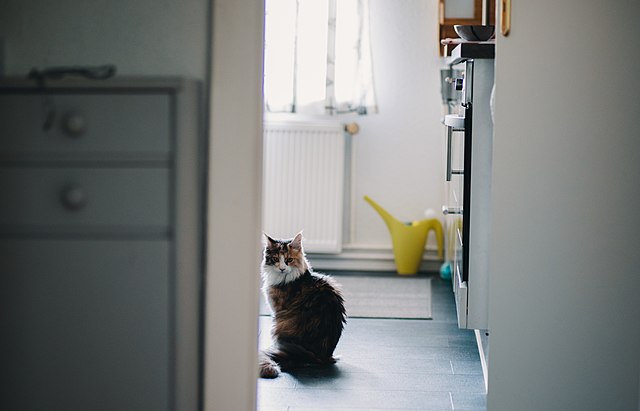As a cat parent who loves your special kitty, you want to feed him the best food available and, in your home, this might mean learning how to make homemade cat food.
But the world of the cat chef isn’t as cut and dry as buying a pack of chicken breasts, boiling them up, and feeding it to your purrrsnickety feline patron. Sure, kitty will gobble the chicken down, but meat alone won’t offer your cat the full range of nutrients he needs.
When cats eat small prey, they eat bones, organs, muscles, and skin in order to get the full range of healthy benefits from their snacks. Dr. Lisa A. Pierson, DVM, says, “Keep in mind: Bones = calcium (etc.)…..Meat = phosphorus.”
Learning how to make homemade cat food is serious business and you can’t be squeamish in the kitchen if you want to feed your kitty right. Keep in mind, cats require very specific nutrients to maintain good health. So, before you start crafting a purrsonalized dining experience, let’s have a look at what cat bodies need to stay strong and healthy.
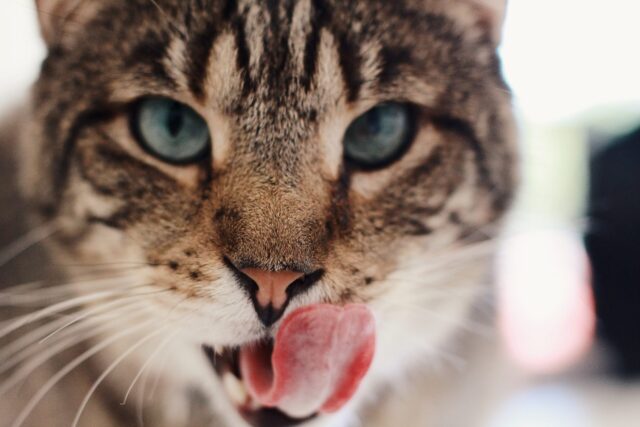
What Cats Require for a Healthy Diet
Cats need certain nutrients to remain in top form, and as obligate carnivores, cats require meat.
Ryan Llera, BSc, DVM and Ernest Ward, DVM, explain cats depend on certain nutrients, many of which can only be found in animal sources. “Examples include certain essential fatty acids, minerals and vitamins (especially calcium, vitamin A and niacin).”
As cat bodies don’t make taurine or arginine, it is important cats eat a diet rich in meat and fish in order to obtain these vital nutrients. According to Dr. Deborah Linder, a board-certified veterinary nutritionist and head of the Tufts Obesity Clinic for Animals, taurine is vital for growth in young cats and reproductive health in females.
“In addition, when cats are fed a diet too low in taurine they can become blind as a result of retinal degeneration and their heart can become enlarged and not be able to pump blood appropriately (dilated cardiomyopathy).”
Arginine is an amino acid which aids in the removal of ammonia from a cat’s body and “if cats cannot remove the ammonia from their bodies, they can suffer weight loss, vomiting, neurological signs, and even death.”

Taurine and Arginine are just two pieces in the complex puzzle of cat nutrition. To form the whole, healthy picture, be sure your homemade cat food recipe includes all of the following:
- Meat or fish proteins
- Water
- Minerals, like calcium and iron, to mention a couple
- Vitamins, including vitamin A, vitamin D, and niacin
- Fatty acids, such as omega 3 and omega 6
- Amino acids, including taurine and arginine, which are obtained from meat
If you’re following expert-crafted cat food recipes, these experts know the importance of feeding your kitty a homemade cat food recipe rich with meat, bones, specially-formulated feline supplements, and the occasional fresh fruits and veggies. In crafting recipes, they include ingredients that will provide all the healthy stuff a cat needs.
So, before you start creating your own cat food concoctions, follow experts first, talk with your vet, and do copious amounts of homework on feline nutrition. Start your journey into feline nutrition with these 4 ways to feed your cat’s brain.
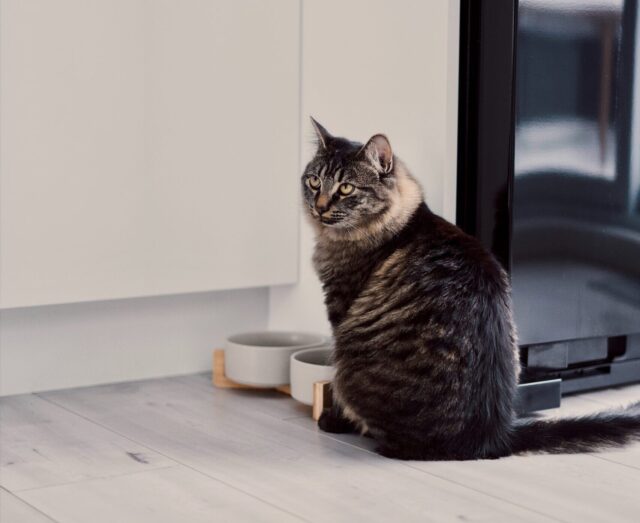
The Benefits of Homemade Cat Food
When weighing the options of commercial cat food versus homemade cat food, whether raw or cooked, consider these benefits:
- Total control over ingredients, great for cats with allergies or specialized dietary needs.
- Cost-efficient when compared to purchasing commercial cat food.
- Bulk preparation allows for an always-stocked freezer.
- Healthy skin and coat thanks to fresh ingredients.
- Less stink and easier scooping in the litter pan.
- Complete customization for the pickiest of palates.
- Feeding cats fresh meat and recipes with added water offers up much needed moisture and helps to keep cats hydrated.
Raw Cat Food Benefits
Homemade raw cat food is a topic which divides many in the field of feline nutrition. Some cat experts warn of food-borne illness risks and nutrient deficiencies. But those who tout feeding a homemade raw cat food diet believe the benefits of a raw food diet for cats are far greater than the risks, especially with safe handling procedures reducing illness risks.
Want to know more about the good a raw food diet can do for your cat? Check out these 5 benefits to raw!
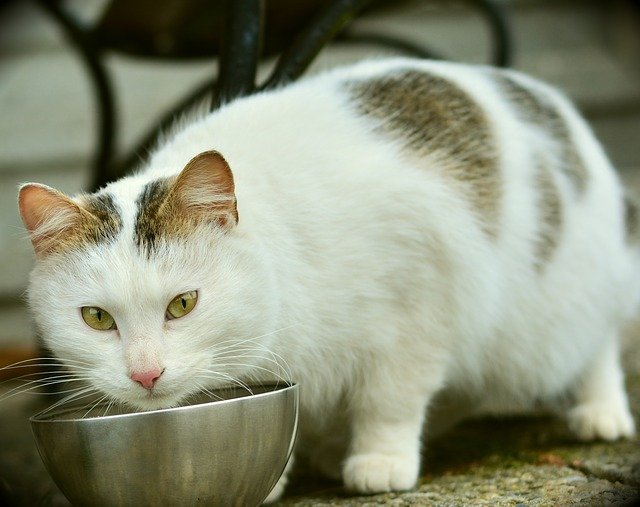
Risks Involved in Homemade Cat Food
While making homemade cat food (either cooked or raw) provides many great benefits, it also has some risk factors of which you need to be aware:
- Improper handling of ingredients can cause food-borne illness, like salmonella, listeria, and E. coli.
- Not following recipes can result in nutrient deficiency, which can lead to severe illness and even death.
- Accidental overfeeding of nutritional supplements can cause health issues too. For example, if you’re using meat bones, cats pick up calcium from this natural source. Giving them a calcium supplement on top of bones can lead to an excess of calcium which can in turn cause kidney or bladder stones.
Transitioning to Homemade from Canned Food
Like anything with cats, you’ve got to give them time to adjust to change. Felines aren’t known to be accepting of things outside routine and new food can be a shakeup. When it’s time to start the switch from canned food to homemade, go slow and move in phases.
First, introduce a commercial raw pet food to initiate a change in texture and taste while also still feeding commercial cat food made with all essential nutrients. This gives your cat a heads-up something new is happening while helping his tummy adjust to a new type of food. Once you’ve fully transitioned to the commercial raw food and your darling seems to be handling it well, then you’ll slowly introduce your kitty to your cooking. Small steps are key when it comes to success with felines!
Meaty Choices
When getting ready to start making your own cat food, ask yourself this: Does your cat have a favorite meat? Probably so, and it’s usually pretty easy to figure which it is. Does he go cuckoo for chicken but just eats the beef because it’s there? Or does tuna turn his head while turkey just doesn’t do it for his taste buds?
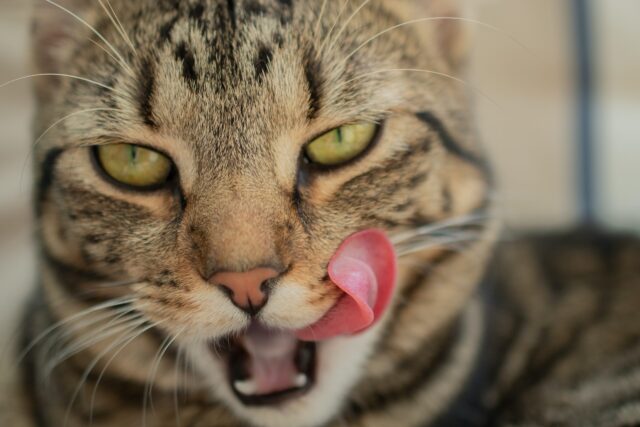
Only you know the answer to the preferences of your cat’s palate, but here are some fun facts regarding what benefits felines take from different meat sources:
- Chicken – Poultry provides linoleic acid, an omega 6 fatty acid essential for healthy skin, fur, and muscles.
- Turkey – Dark meat turkey and turkey hearts contain high taurine levels, which is necessary for all the feline body systems Deficiencies can lead to blindness.
- Beef – Rich in B12, also known as cobalamin, beef promotes immune, digestive, and nervous system health in cats.
- Fish – While cats should eat fish in moderation, fish oils provide Omega-3, which give a cat shiny fur, less inflammation, and more energy.
- Duck – In cats with poultry allergies, duck is often used as a hypoallergenic alternative.
- Rabbit – Another good choice for cats with allergies, rabbit meat connects a cat to their small animal diet roots.
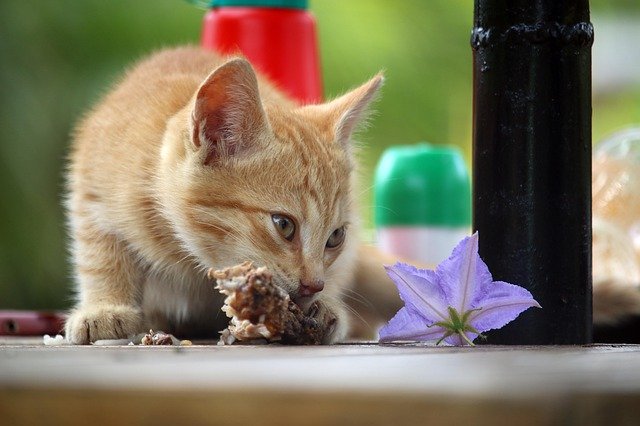
Tools You’ll Need for Making Your Own Cat Food
Your kitchen is most likely already equipped with items like mixing bowls and utensils, but here are a few more things you’ll need for making your own cat food:
- Meat grinder that can handle bones
- Dietary scale for exact measurements
- Sharp meat knives and shears
- Sturdy cutting boards
- Glass storage jars or containers
- Disposable gloves
A few things to remember when it comes to making your own cat food:
- Be sure to stay away from foods considered toxic to cats.
- Always remember the importance of following all food handling safety procedures to prevent contamination and food-borne illness.
- Do not substitute ingredients in these homemade cat food recipes. They have been crafted by feline experts and changing them could result in nutrient deficiencies.
- When buying whole meats, be sure to purchase from trusted suppliers.
- Never feed cats cooked bones.
Vet-Approved Homemade Cat Food Recipe
For cats with normal nutrition needs, check out this homemade cat food recipe from catinfo.org:
- 3 lbs. of chicken, turkey, or rabbit parts with skin, organs, and bones, if possible
- 4 oz. of liver – Add liver if the chosen meat does not include organs
- 2 1/3 tablespoons bone meal, if not using bones and a grinder
- 1 cup water or more if your cat prefers a wetter food.
- 2 eggs – Keep the yolks raw yolks but lightly cook the whites by boiling for 3-4 minutes.
- 2000 mg fish oil – Dr. Pierson points out, “Oil from fish that are lower on the food chain are less contaminated with heavy metals and other impurities.”
- 400 IU vitamin E
- 100 mg vitamin B-complex
- 2000 mg taurine, powdered
- ¾ tsp lite salt with iodine
Bake meat and liver at 350 degrees until half raw. Reserve drippings. If not using a grinder, remove meat and skin from the bone and cut into bite-size chunks. Mix chunked meat with cooked egg white and meat drippings in a large bowl. Set aside.
In a separate bowl, mix water, egg yolks, salt, and all supplements. Combine this mixture with the meat slurry. Portion into containers and freeze! Fresh and thawed containers will keep in the fridge for 48-72 hours. Freeze any jars not going to be used within this timeframe.
Recipe yields enough food for “one cat for approximately 10-14 days” when feeding your cat approximately 4-6 ounces per day. For Dr. Pierson’s tips on how best to mix this tasty meal, as well as her recommendations on bone size safety when grinding, visit catinfo.org.
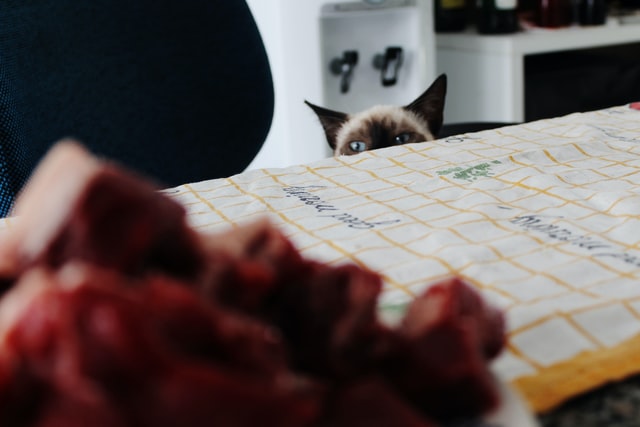
Cooked Cat Food Recipe
This Easy Homemade Cat Food with Chicken and Rice comes from Catpet.club’s Jimmie O’Chutt and was reviewed by veterinary consultant Claudine Sievert.
- 2/3 cup baked dark chicken meat
- 1/3 cup boiled white rice
- 1/4 cup boiled potato
- 1 teaspoon olive oil
- 1/8 teaspoon Rx Vitamins Nutritional Support for Cats
Mix all ingredients and serve!
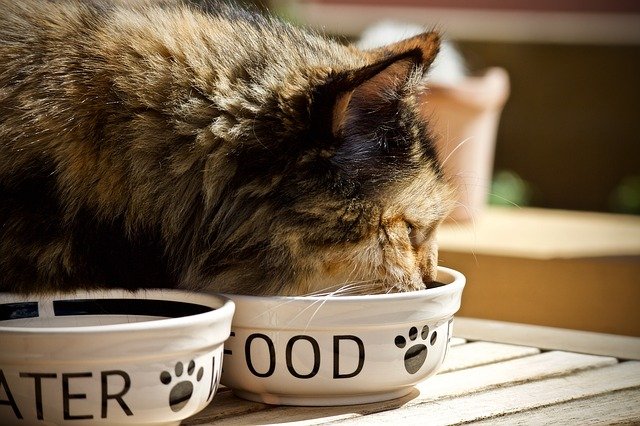
You’ll notice this recipe calls for rice and, while a tasty addition, carbs like rice and oats aren’t necessary for cat bodies. But like moderated starchy goodness does for the human body, Rebecca Remillard, board-certified veterinary nutritionist for MSPCA Angell Animal Medical Center, explains, a small number of carbs might provide cats with extra energy and help save on costs when making homemade cat food.
Cat Food Gravy Recipe
For cats who enjoy life on the saucier side, here’s a vet-approved recipe for homemade cat food gravy from Excitedcats.com.
- Add all extra portions of chicken, pork, beef etc., including skin, fat, and bones to large pot.
- Fill the pot with water add 1/2 teaspoon of salt.
- Bring to a boil and reduce heat to medium. Cover and let simmer for 2-3 hours, stirring occasionally.
- Allow to cool and then strain. Repeat straining until only liquid remains.
- Portion into containers and “freeze for a great yet simple gravy to place on top of your dry cat food.”
For more good gravy recipes, check out excitedcats.com.
Homemade Cat Food Recipes for Specialized Dietary Needs
For cats with specialized dietary needs, making homemade cat food gives you control over exactly what goes into your cat’s sensitive stomach. But before you start making special food to help a cat with medical issues, discuss diet and nutrition with your vet.
For example, if your cat has renal problems and you search the internet for homemade cat food for kidney disease, you’ll find recipes, but you’ll need to be sure the ingredients and their amounts are vet-approved. Safe homemade cat food recipes for kidney disease will contain extra water or broth but less salt, protein, and phosphorous than normal diets in order to help taxed kidneys have an easier time of filtering.

Once you’ve found a recipe you think your cat will enjoy, show a copy of it to your veterinarian for their approval. After all, this is the medical team treating your cat. They know her exact needs and can help you adjust diet and ingredients to best suit kitty dear.
Cats with urinary problems, diabetes, and thyroid issues can also benefit from homemade custom diets, but definitely talk with your vet before you start buzzing around the kitchen. Nutrient balance and portion size are important discussion points to have with the doctor as part of keeping your cat’s health in check.
Even if your cat is healthy and requires a normal adult cat diet, before embarking on a homemade cat food journey, discuss this path with your kitty’s veterinarian.
Once you’ve had the conversation, done your research, and have gathered all your ingredients, it’s time to get cooking and feed your feline prince or princess the feast they deserve!


